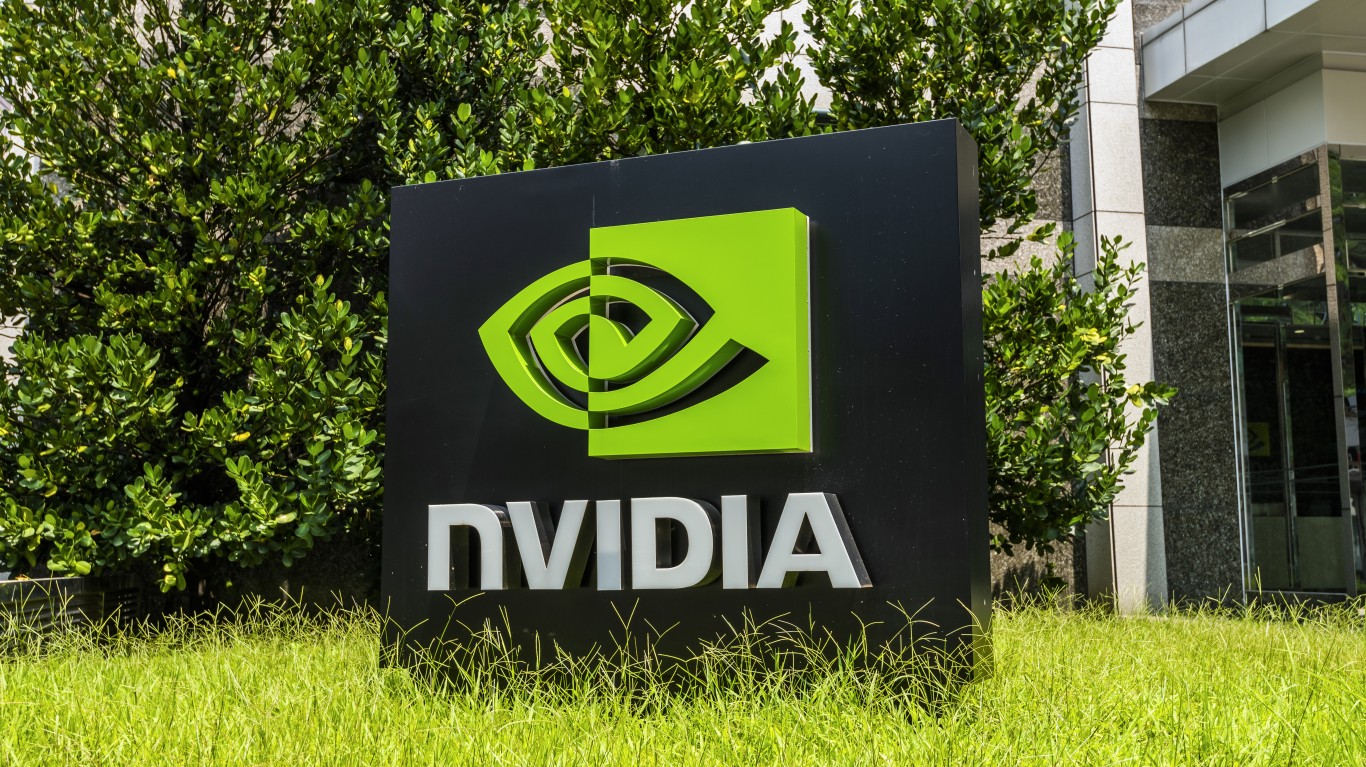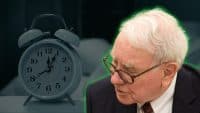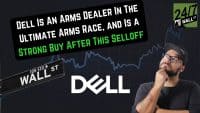The SPDRs (NYSE: SPY) is perhaps the most liquid of all ETF products in the world as it tracks the benchmark S&P 500 Index. One of our affiliates has just posed the very important and developing question… Has the S&P 500 peaked? There is even a detailed audio/video presentation here showing this, and his take is that the S&P is nearing a very critical apex, or what we would call a flag or pennant. What we see as the biggest risk to the S&P and stock market overall is that the dollar just cannot fall indefinitely, even if it can still go lower through time.
The US dollar’s fall against the Euro and Yen makes our good artificially cheaper on an international basis. And it makes it more expensive for Americans to go elsewhere to buy foreign goods. In a recent trip overseas last month, trust me when I tell you that it hurts to pay $8.00 and $9.00 for a coffee at a street cafe.

And just yesterday we saw how the US Dollar can bounce. It may become the great American Peso ultimately, but major global currencies almost never slide forever. Even if you include the printing presses used to print all the bailout funds we have have thrown at the banks, the U.S. was not alone in throwing a massive mountain of cash to stave off disaster.
Frankly, I might view Adam Hewison’s video as just a repeat to what was said before and and slightly lower levels. But this upcoming apex formation he discussed is one that will be of concern and we might expect that traders may start to take the long side of the volatility trades where they take a straddle on the S&P for November, December, and January options expirations. The CBOE Volatility Index, or the VIX, is back up to 24.45 after briefly touching under 20.0. That is still a technical no-man’s land and still has volatility very cheap to what we have seen over the last year. And Adam did nail the rise in gold back before $950.00 was even an issue.
As with most charts pointing to these flag formations, the opposite argument can also be made almost just as easily. After it is all said and done, who has made more money in the last 6 months: the bulls or the bears? Up-trends can technically continue indefinitely within reason. Down-trends will hit an absolute floor at zero if they can ever go that far.
You can join our open email distribution list to get updates on top analyst upgrades and downgrades, top day trader alerts, IPO’s, secondary offerings, Warren Buffett and other guru activity, M&A and more.
Jon C. Ogg
In 20 Years, I Haven’t Seen A Cash Back Card This Good
After two decades of reviewing financial products I haven’t seen anything like this. Credit card companies are at war, handing out free rewards and benefits to win the best customers.
A good cash back card can be worth thousands of dollars a year in free money, not to mention other perks like travel, insurance, and access to fancy lounges.
Our top pick today pays up to 5% cash back, a $200 bonus on top, and $0 annual fee. Click here to apply before they stop offering rewards this generous.
Flywheel Publishing has partnered with CardRatings for our coverage of credit card products. Flywheel Publishing and CardRatings may receive a commission from card issuers.
Thank you for reading! Have some feedback for us?
Contact the 24/7 Wall St. editorial team.





